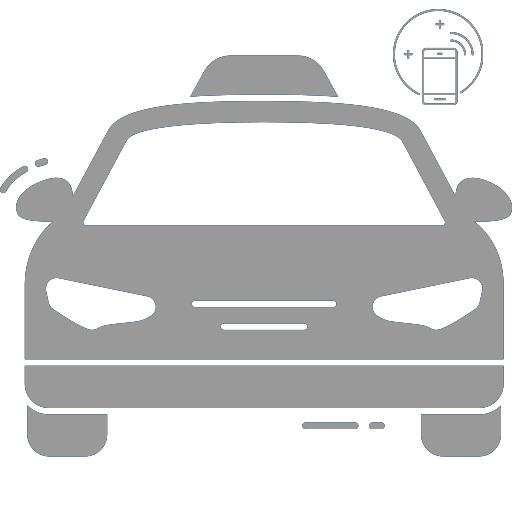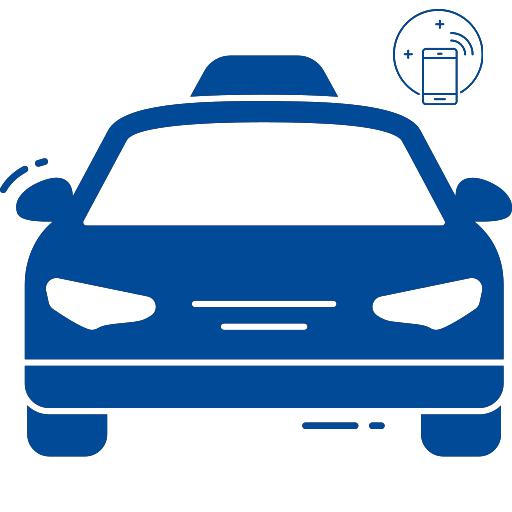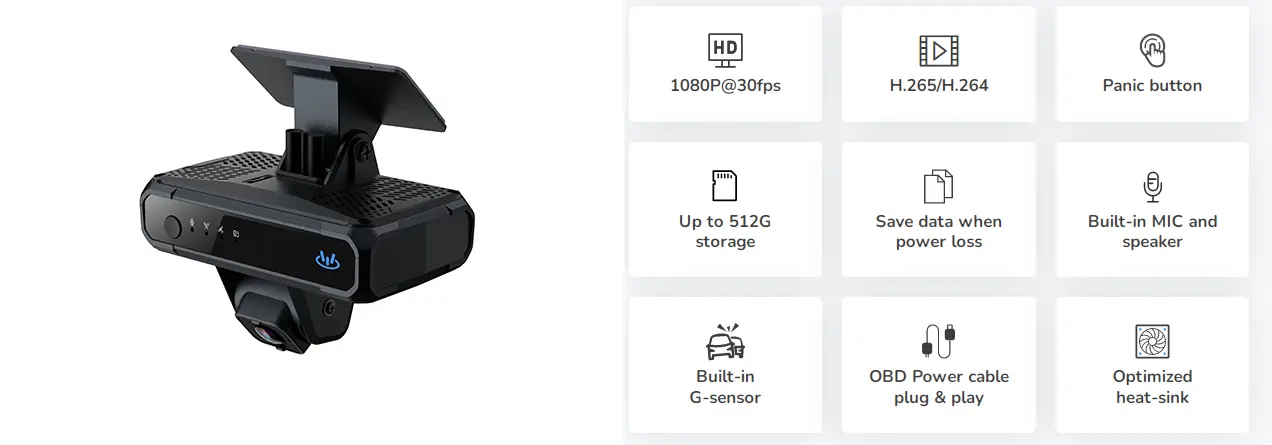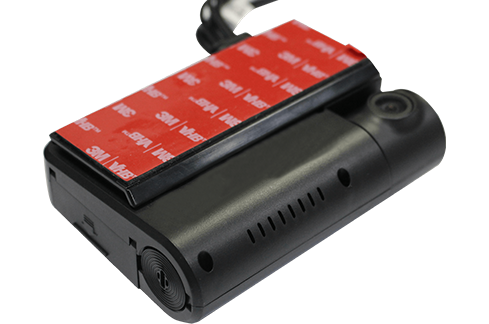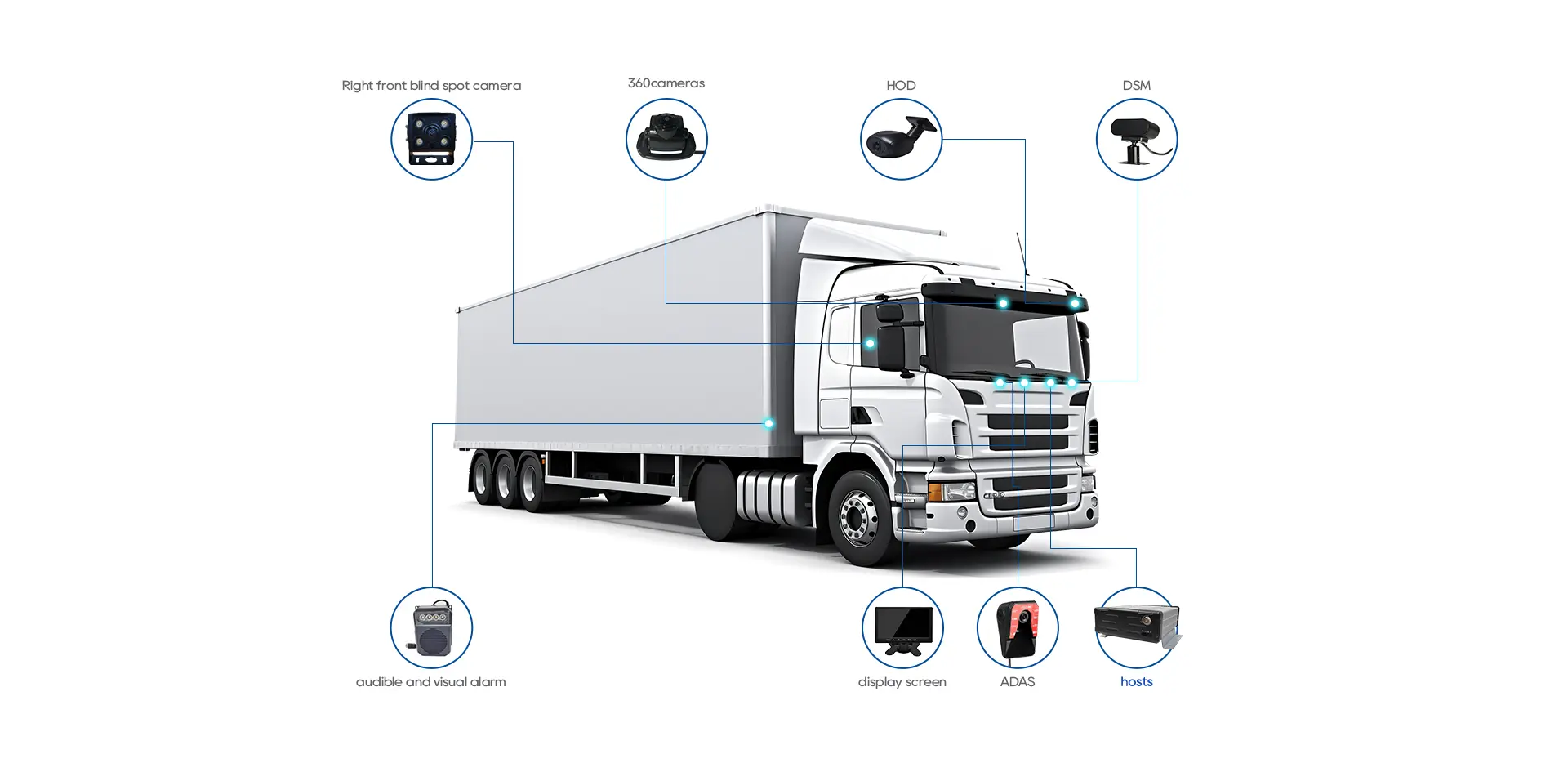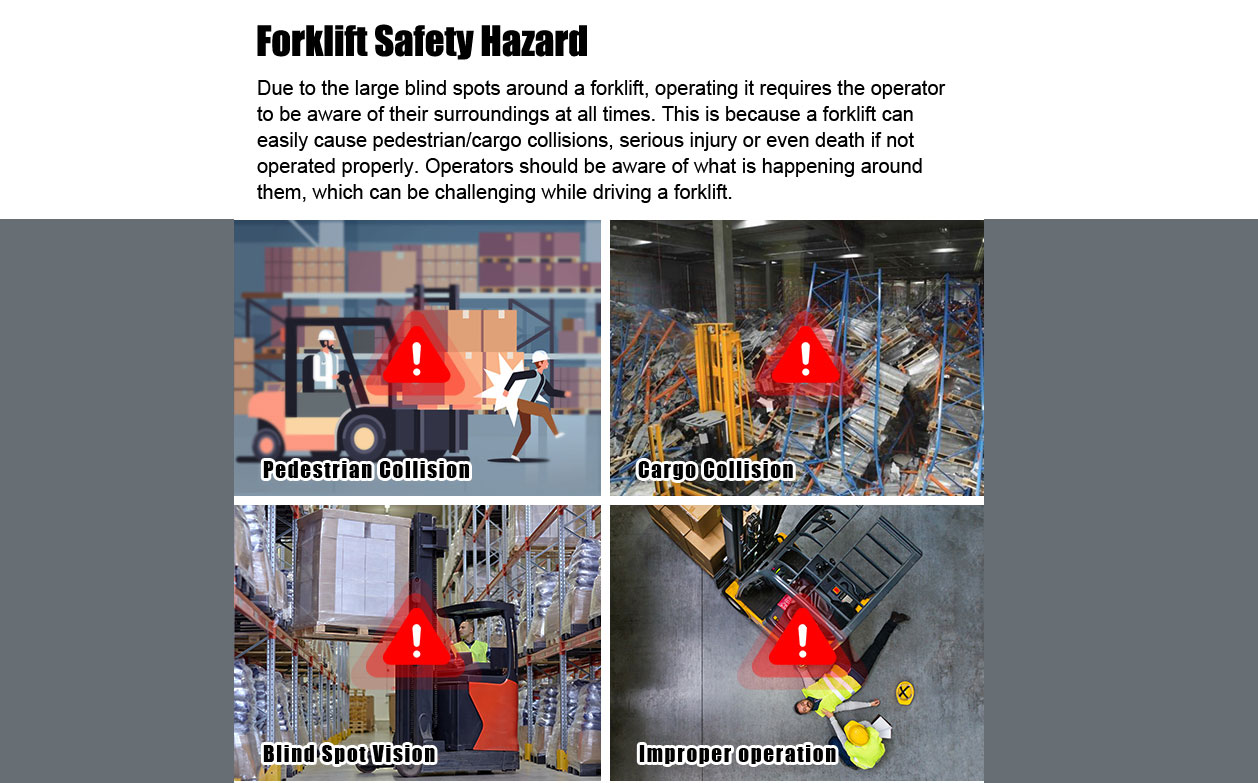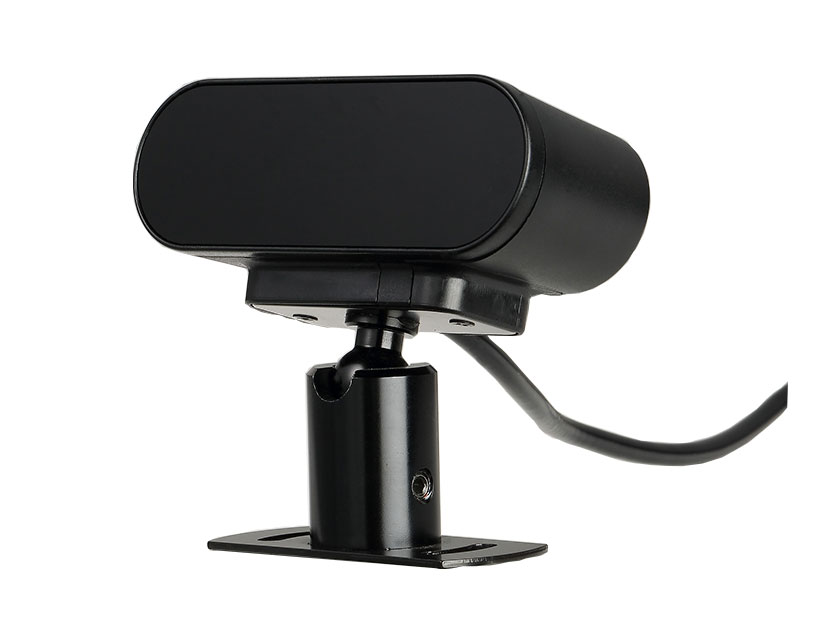What is a DSM camera and what functions does it have?
What is a DSM camera
The Driver Status Monitor (DSM) is a driver assistance warning system that uses machine vision technology to detect abnormal driving states of the driver. It can help detect and alert for the following situations: fatigue, distraction, smoking, and phone use while driving.
The DSM driver status monitoring/fatigue detection mainly detects bad driving behaviors of the driver, such as distracted driving (looking around, smoking, using phone, yawning, etc.) and speeding, aggressive driving, etc. Once the system detects these behaviors, a sharp alarm will sound, warning the driver to avoid accidents.
Unsafe driving behaviors include:
a. Fatigue: yawn, close eyes
b. Phone use
c. Distracted driving: looking around, head down
d. Smoking
e. Driver abnormality: driver leaving the driving sight
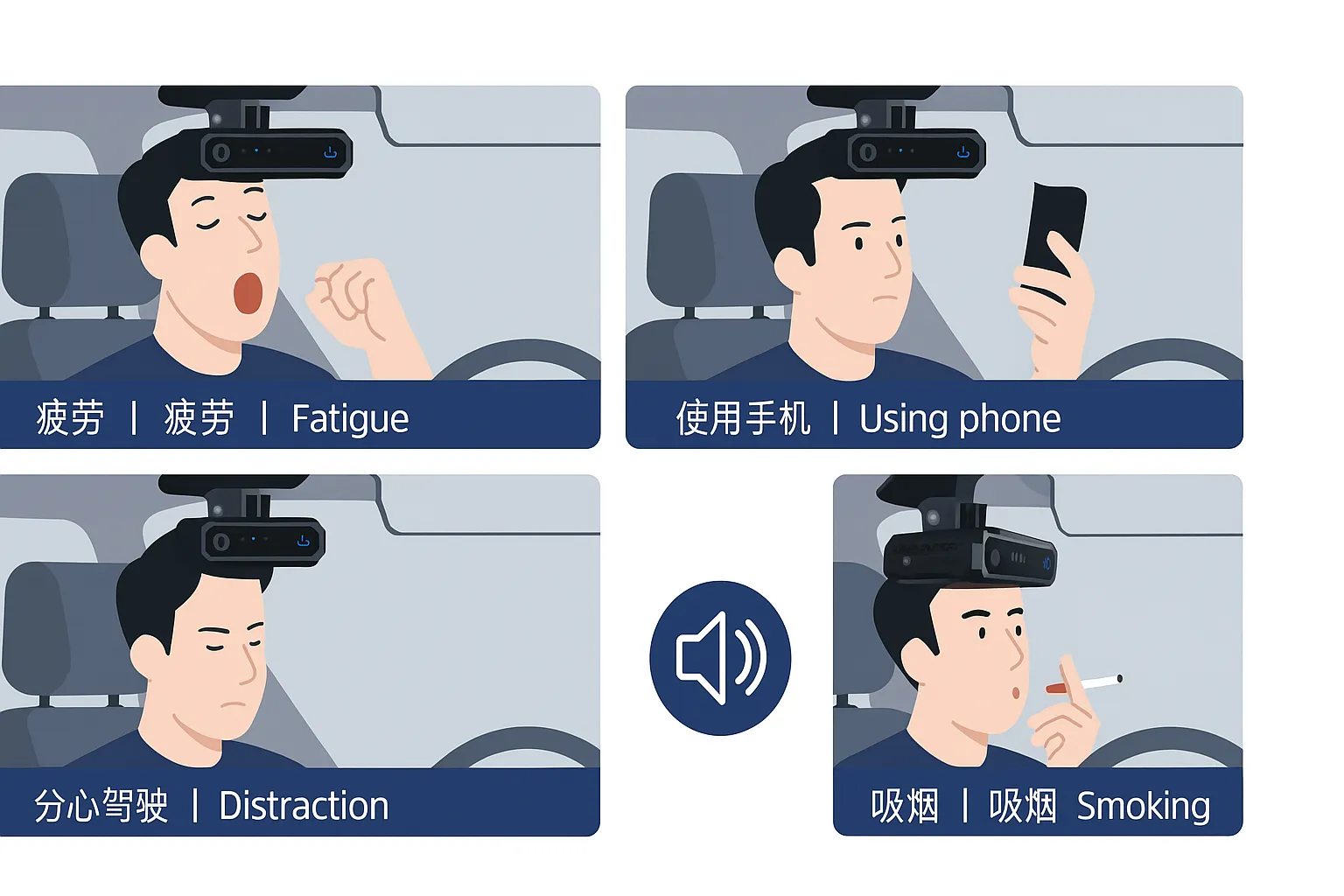
The installation location of the DMS camera should be selected based on the following principles:
a. Installation location: it is recommended to install on the center console or dashboard as shown in Figure 1;
b. Installation angle: ensure that it is within 30° to the right front of the driver's position, and the smaller the angle, the better, as shown in Figure 2;
c. Installation distance: the distance between the camera and the face should be within the range of 60cm-120cm, and it is recommended to install at a distance of about 80cm;
d. Ensure that the face is in the center of the DMS camera (can be confirmed through a mobile app);
e. Ensure that the DMS camera does not block the driver's vision or interfere with the driver;
f. Ensure that the DMS camera is not blocked by the steering wheel or other debris between the camera and the driver's face;
g. The DMS camera should be kept level and cannot be tilted.
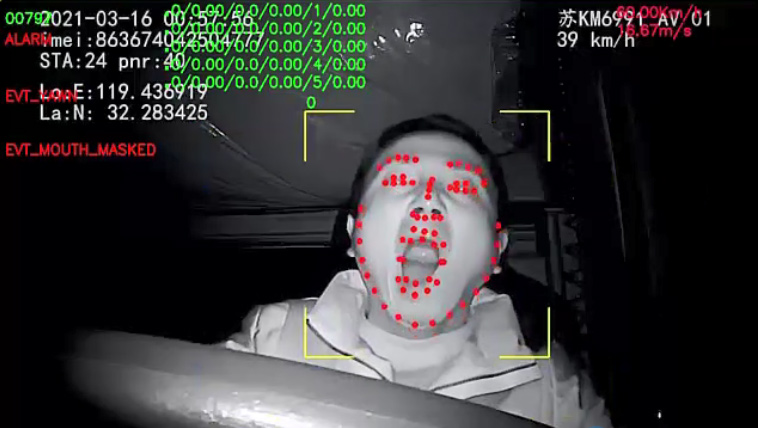
Under the above conditions, the smaller the deviation angle between the DMS camera and the driver's face, the better, and it is best to face the driver directly.
What is ADAS?
ADAS (Advanced Driver Assistance Systems): uses ADAS cameras to assist in detecting lane departure, avoid collisions, and maintain a safe distance.
What is BSD?
BSD (Blind Spot Detection): detects pedestrians and vehicles approaching a bus, reminding the driver to avoid blind spot accidents.
Email:hello@yuweitek.com
Recommended Dash Cams
Email:hello@yuweitek.com



















